| Data Contains | Images |
| Data format | Jpg, Png |
| Shade Card |


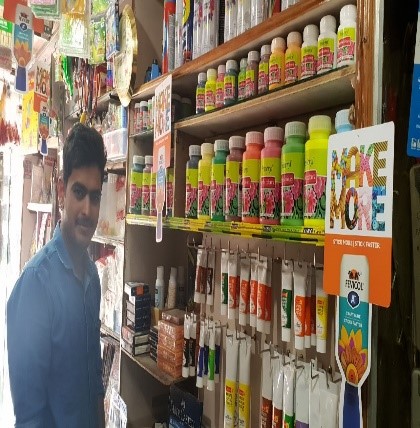
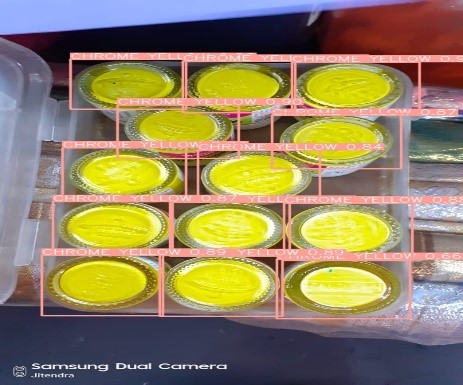
We need to perform typical preprocessing tasks such as normalization, scaling, greyscaling, and morphology (smoothening edges).
Additionally, data augmentation should be applied if the dataset is not balanced.
Object detection: In our quest for accurate identification of both color and quantity within the product stock, we aim to employ the sophisticated technique of object detection. This entails training a specialized model capable of recognizing and precisely locating multiple objects within an image. To achieve this, we are considering state-of-the-art models for this task. Which can be.
Effort Required: The annotations should include details regarding colors/shades and quantities, ensuring the model is trained on a comprehensive and representative dataset. Multiple models need to be trained based on accuracy standards and an A100 or v100 GPU machine will be used.
We need to assess the performance of both classification and localization using bounding boxes in the images.
Precision and Recall will serve as the metrics to evaluate performance. These metrics are calculated based on true positives (TP), false positives (FP), and false negatives (FN)
Hyperparameter optimization or tuning involves selecting an optimal set of hyperparameters for a learning algorithm. A hyperparameter is a parameter whose value controls the learning process.
It is necessary to retrain the model by tuning the hyperparameters to achieve better accuracy.

We need to test our model on the test data and evaluate precision and recall. If the accuracy falls below the desired level, we should retrain the model by tuning the hyperparameters.
Below are the sample output examples:
sample outputs only taken 3-4 colors (yellow, green, red, and blue) into consideration.
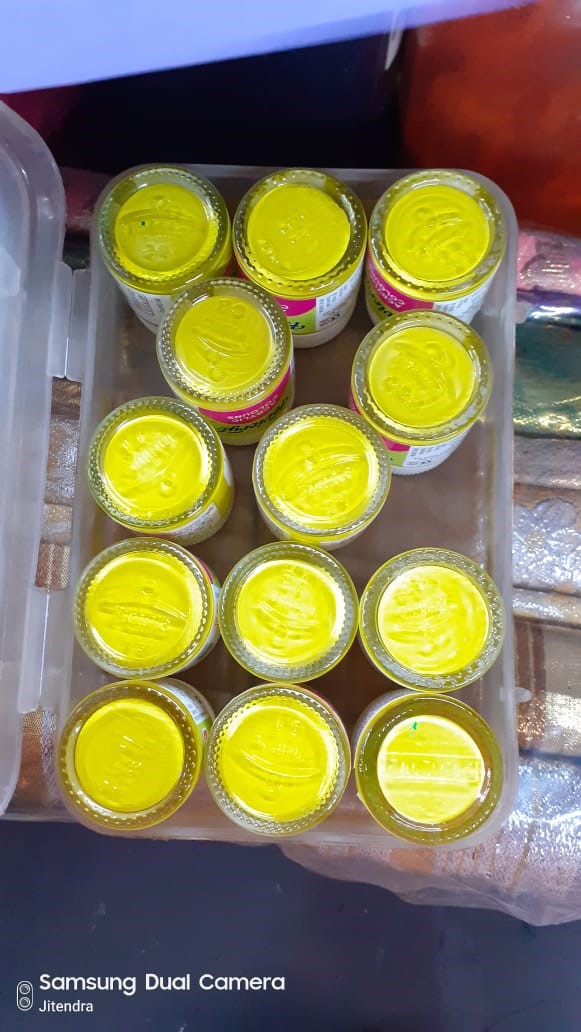
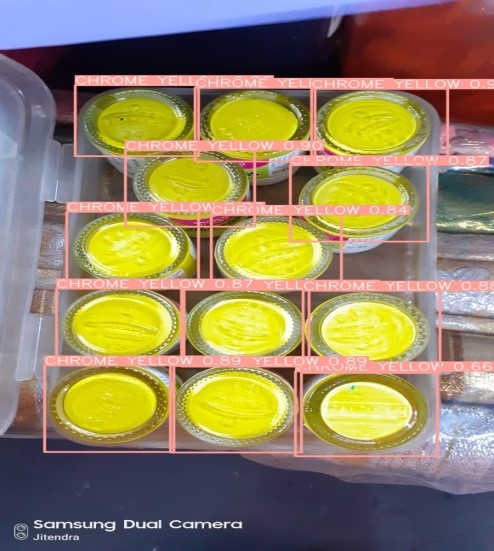
{“INDIAN RED”: 0, “CHROME YELLOW”: 13, “LIGHT GREEN”: 0, “PURSSIAN BLUE”: 0}
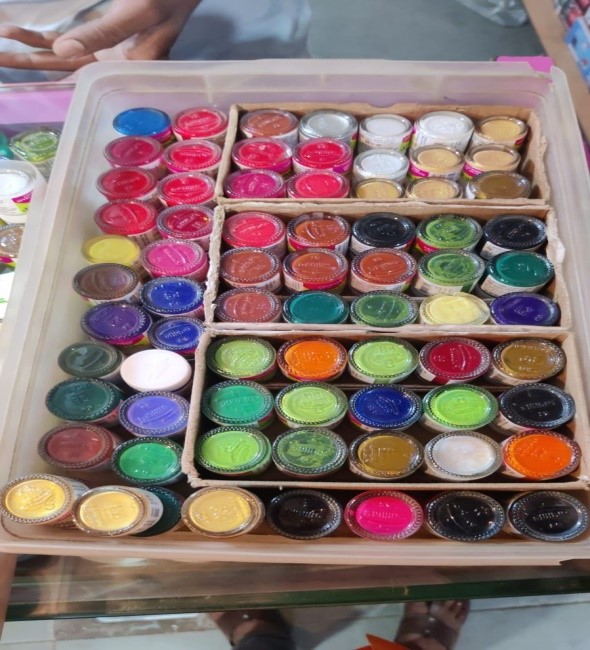

{“INDIAN RED”: 0, “CHROME YELLOW”: 13, “LIGHT GREEN”: 0, “PURSSIAN BLUE”: 0}
Otherwise, accuracy may be compromised, and the model might fail to identify subtle differences.
| Output result |
Detected objects image, Json with number of counts of objects in image.
|
| Output format | Jpg, png, jpeg |
We believe in value creation and positive impact to our customer communities in co-creating models and analytical applications.

© 2024 Inference Labs Private Limited
[vc_row][vc_column][vc_raw_html]JTNDJTIxLS0lMjBDYWxlbmRseSUyMGlubGluZSUyMHdpZGdldCUyMGJlZ2luJTIwLS0lM0UlMEElM0NkaXYlMjBjbGFzcyUzRCUyMmNhbGVuZGx5LWlubGluZS13aWRnZXQlMjIlMjBkYXRhLXVybCUzRCUyMmh0dHBzJTNBJTJGJTJGY2FsZW5kbHkuY29tJTJGaW5mZXJlbmNlJTJGZGlzY292ZXJ5JTNGaGlkZV9sYW5kaW5nX3BhZ2VfZGV0YWlscyUzRDElMjZoaWRlX2dkcHJfYmFubmVyJTNEMSUyMiUyMHN0eWxlJTNEJTIybWluLXdpZHRoJTNBMzIwcHglM0JoZWlnaHQlM0E2MzBweCUzQiUyMiUzRSUzQyUyRmRpdiUzRSUwQSUzQ3NjcmlwdCUyMHR5cGUlM0QlMjJ0ZXh0JTJGamF2YXNjcmlwdCUyMiUyMHNyYyUzRCUyMmh0dHBzJTNBJTJGJTJGYXNzZXRzLmNhbGVuZGx5LmNvbSUyRmFzc2V0cyUyRmV4dGVybmFsJTJGd2lkZ2V0LmpzJTIyJTIwYXN5bmMlM0UlM0MlMkZzY3JpcHQlM0UlMEElM0MlMjEtLSUyMENhbGVuZGx5JTIwaW5saW5lJTIwd2lkZ2V0JTIwZW5kJTIwLS0lM0U=[/vc_raw_html][/vc_column][/vc_row]